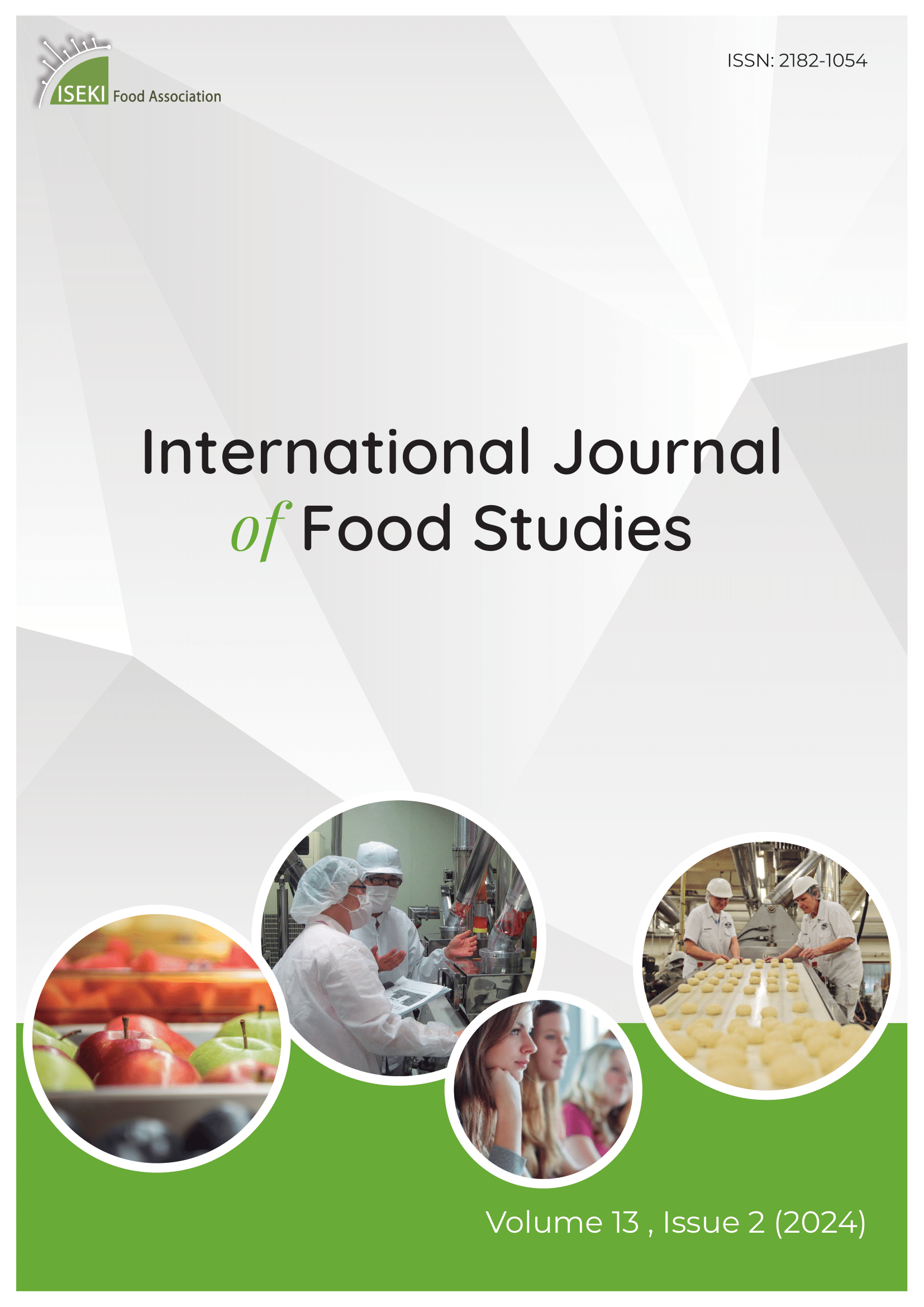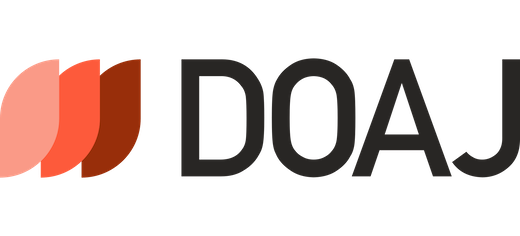
More articles from Volume 1, Issue 2, 2012
Differences in quality parameters between types of commercial tea from Argentina
Changes and Perspectives in Food Studies
Evaluation of test-kits for the detection of Escherichia coli O157 in raw meats and cattle faeces.
Food Engineering within Sciences of Food
Nanotechnology: the word is new but the concept is old. An overview of the science and technology in food and food products at the nanoscale level
Characterization of sponge cake baking in an instrumented pilot oven
Agroparistech, SPAB Dept , Massy , France
Agroparistech, SPAB Dept , Massy , France
Agroparistech, SPAB Dept , Massy , France
Published: 18.10.2012.
Volume 1, Issue 2 (2012)
pp. 144-158;
Abstract
The quality of baked products is the complex, multidimensional result of a recipe, and a controlled heating process to produce the desired final properties such as taste, colour, shape, structure and density. The process of baking a sponge cake in a convective oven at different air temperatures (160-180-220 °C) leading to the same loss of mass was considered in this study. A special mould was used which allowed unidirectional heat transfer in the batter. Instrumentation was developed specifically for online measurement of weight loss, height variation and transient temperature profile and pressure in the product. This method was based on measuring heat fluxes (commercial sensors) to account for differences in product expansion and colour. In addition, measurement of height with a camera was coupled to the product mass to calculate changes in density over time. Finally, combining this information with more traditional measurements gave a better understanding of heat and mass transfer phenomena occurring during baking.
Keywords
Citation
Copyright

This work is licensed under a Creative Commons Attribution-NonCommercial-ShareAlike 4.0 International License.
Article metrics
The statements, opinions and data contained in the journal are solely those of the individual authors and contributors and not of the publisher and the editor(s). We stay neutral with regard to jurisdictional claims in published maps and institutional affiliations.






